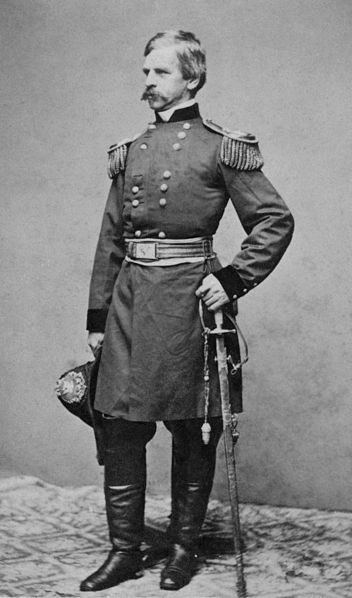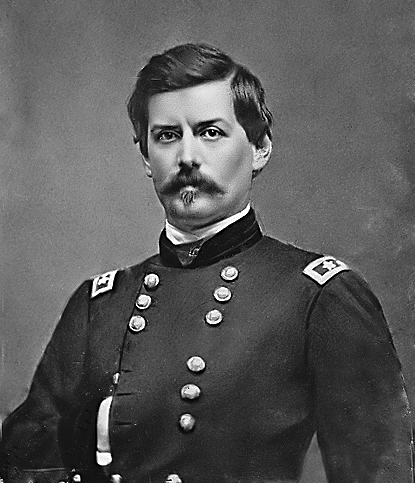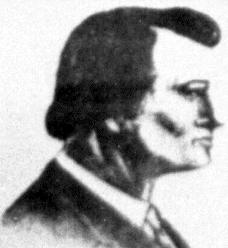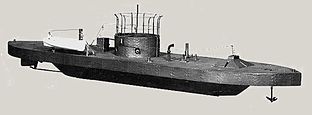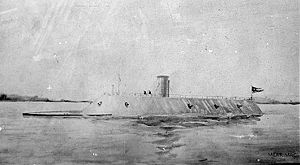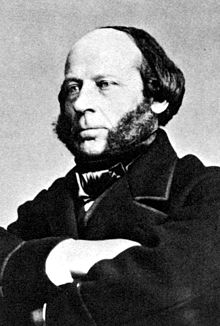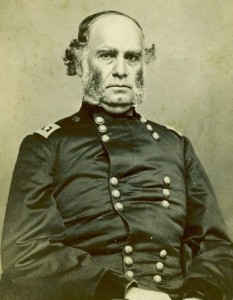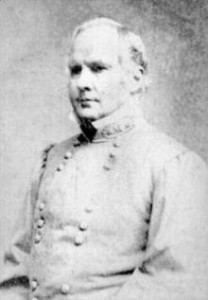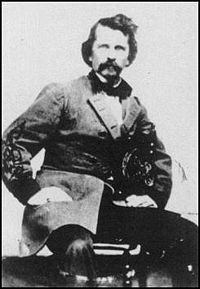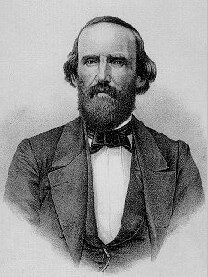March 12 —
On this day in 1864, one of the biggest military fiascos, for the Union, of the Civil War begins as a combined Union force of infantry and riverboats starts moving up the Red River in Louisiana. The month-long campaign was very poorly managed and coordinated, achieving none of the objectives desired by frustrated Union commanders.
The Union had hoped to capture everything along the Red River in Louisiana and continue into Texas. President Abraham Lincoln thought this would send a symbolic warning to France, which had set up a puppet government in Mexico and seemed to have designs on territorial expansion. Union officials also wanted to capture cotton-producing regions, as cotton was in short supply in the North.
The plan called for General Nathaniel Banks to lead 27,000 men along the western shore of the river in a land based attack at the same time
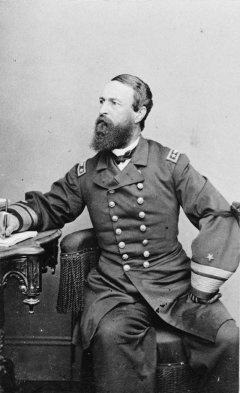
as Admiral David Dixon Porter was taking a flotilla of 20 gunboats up the Red River. Porter’s squadron entered the river on March 12. Two days later, Fort Derussy fell to the Yankees and the ships moved upriver and captured Alexandria. The expedition was going well, but Banks was moving too slowly. He arrived two weeks after Porter took Alexandria, and continued to plod towards Shreveport. Banks traveled nearly 20 miles from the Red River, too far for the gunboats to offer any protection. On April 8, Banks’ command was attacked and routed by Confederate General Richard Taylor, son of former U.S. President Zachary Taylor. The two sides fought again the next day, but this time the
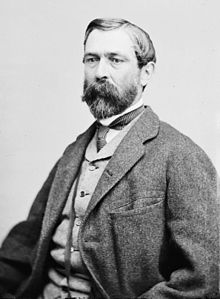
Yankees held off the Rebel pursuit. The intimidated Banks elected to retreat back down the river before reaching Shreveport. Porter’s ships followed, but the Red River was unusually low and the ships were stuck above some rapids near Alexandria. It appeared that the ships would have to be destroyed to keep them from falling into Confederate hands, but Lt. Colonel Joseph Bailey of Wisconsin, an engineer with a log-
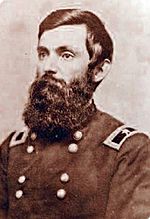
saviour of the Red River fleet
ging background, supervised several thousand soldiers in constructing a series of wing dams that raised the water level enough for the ships to pass. The campaign was deemed a failure–it drew Union strength away from other parts of the South and the expedition never reached Texas.
To purchase a signed copy of Larry Auerbach’s novel “THE SPIRIT OF REDD MOUNTAIN”, Click Here
Photo courtesy of wikipedia.com


